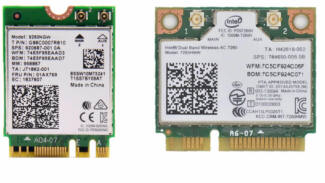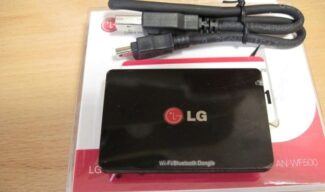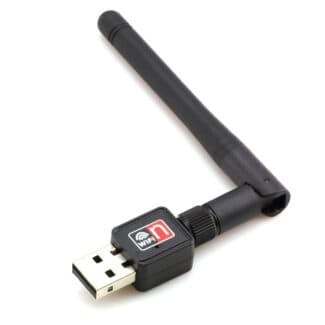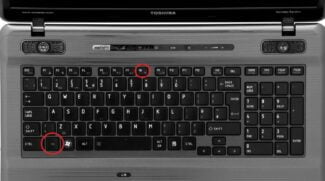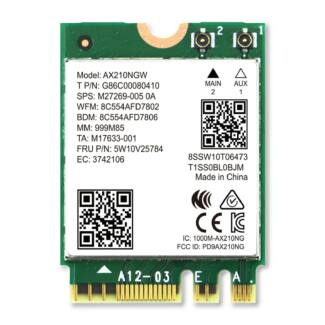Many devices have the module built in. A small card will fit into an M.2 slot, or you can use an M2-to-PCIe adapter. If the device has a failed or severely outdated similar module, it can be replaced with a suitable one. Laptop and computer motherboards may already come with a wireless module. Often manufacturers choose this option because it does not take up much space.

WiFi adapters: what they are, why they are needed, how to choose

No matter how trite it may sound, a Wi-Fi router in today's world is one of the most important household devices, especially if it is not about connecting a single workstation, but about organizing Internet access for a series of devices. Moreover, more and more users prefer wireless connection due to its simplicity and convenience. And if with mobile devices or Smart TV everything is simple – there the corresponding module is built in by default, then to connect a PC you will need a separate Wi-Fi adapter.
We will dwell on them in more detail later, referring to the peculiarities of the choice.
What does a WiFi adapter do?
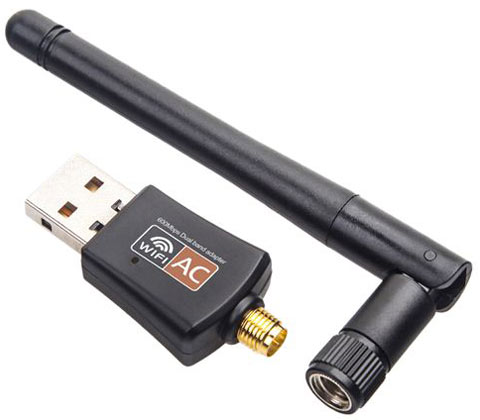
As mentioned above, the adapter is needed to connect the device to an existing Wi-Fi network created with a router, access point or smartphone in the absence of a wired Internet connection. Thus, the adapter allows you to:
- detect available wireless networks,
- provide connection to them via an encrypted channel,
- organize data transfer via a local network (access to other devices, local file storage),
- provide high-speed access to the Internet without the need to buy patch cords (patch cords) or make them from twisted pair, lay them and connect them.
In fact, WiFi-adapter is a full-fledged additional network card, which takes full control of the network connection. Accordingly, it can be used not only in the dire need to provide exactly wireless connectivity, but also as a temporary or permanent replacement for a failed built-in network adapter.
Definition
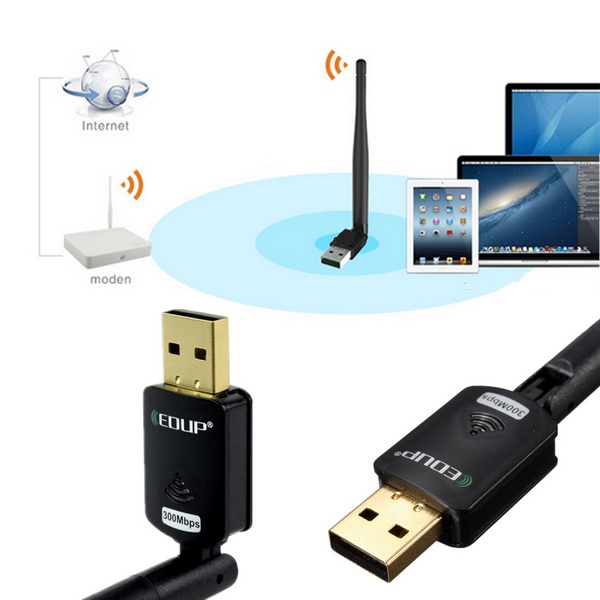
What is a Wi-Fi adapter? It is a device for connecting to a wireless network in a certain frequency range. Its main purpose is to receive/transmit a block of data transmitted over the network in packet mode.
To catch and transmit the signal, the device is equipped with an antenna – external or internal. Each device has software. You also need to install the correct firmware (driver).
Working Principle and Types
Now let me tell you in simpler terms what a wireless network adapter is. Routers, smartphones, laptops, tablets, TVs have an integrated module. It acts as a receiver (it picks up the signal from the router) and/or transmitter (it can distribute the signal as an access point). I think everyone knows that.
All equipment that works with Wi-Fi wireless technology has a network adapter!
If your PC or any other device does not have a network module, you can buy one separately. An external (portable) Wi-Fi adapter plugs into a USB port. It works the same way as the built-in one – it receives and transmits the radio signal.
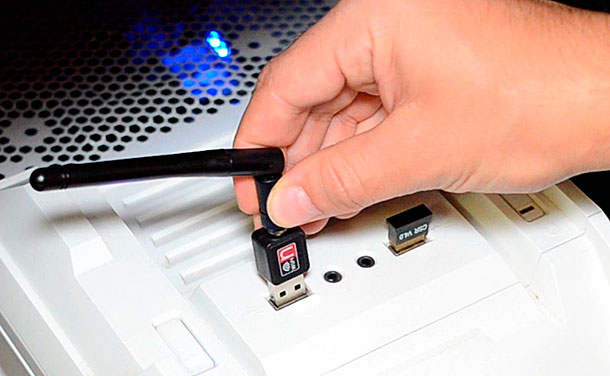
There is another type of network device for connecting to a wireless network – a PCI adapter. Installed inside the system unit, it connects to the motherboard via a PCI slot. Typically, such devices are equipped with an external antenna, which is installed outside of the "system unit". Why do I need such a Wi-Fi adapter? To also receive a wireless signal and connect to the network.
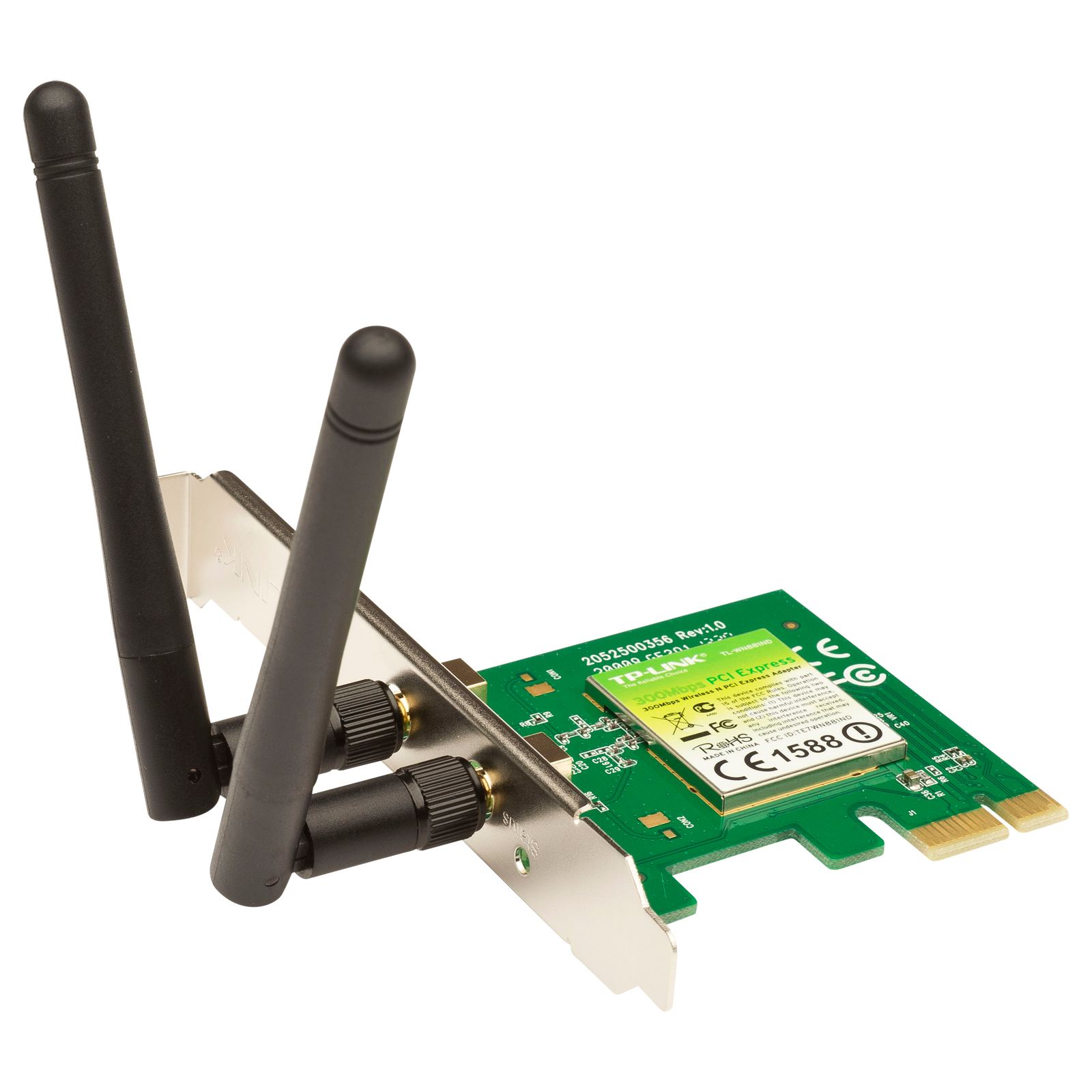
How do I enable the module on my PC?
- Built-in module. On laptops can be turned on by "hotkeys" – Fn + one of the function keys (most often with the icon Wi-Fi). Another way is through the "Device Manager". Go to the "Network adapters" section, find the module, click the PCM, select "Enable device". Connect to the network.
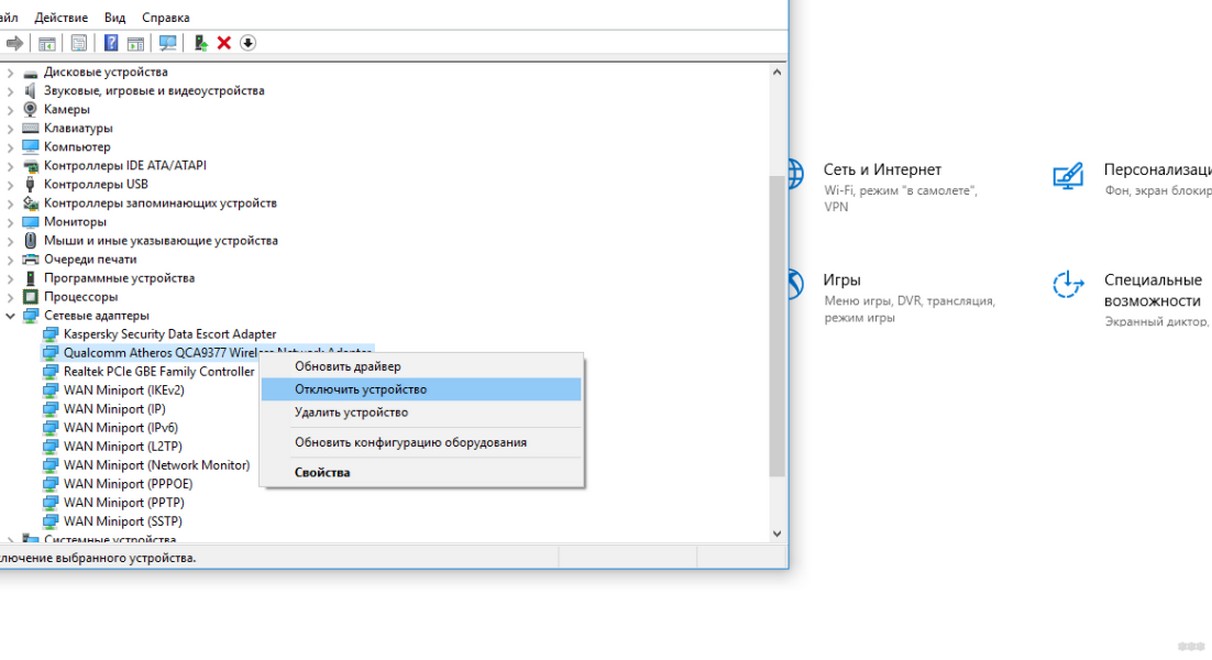
- External module. Connect to USB port, install drivers. Connection can be done using Utility that is installed together with software or via the Windows system tray (wireless icon).
- PCI adapter. The device is connected to the motherboard and the antennae are installed. Then as with the external – install drivers, connect via Utility.
How to use in dvb-t2 set-top boxes and satellite receivers
To receive digital and satellite channels a special device is useful. Depending on the set of functions it can be called a tuner, receiver or set-top box. With the development of technology, they also began to add smart features.
In this regard, it became possible to connect set-top boxes to the network. Then, in addition to the usual channels, the user can add streams, movies and programs from the Internet.
When selecting an adapter, first of all you should check the compatibility. For example, some models have USB ports that support only working with storages, but cannot be used to connect wireless modules. The second important point is the remoteness of the device from the router. If the signal is weak, it is advisable to take a powerful adapter with external antennas.
How to Choose a WiFi Adapter
Having answered the question "WiFi adapter, what is it?", you can move on to the selection of the device itself. The buyer should check:
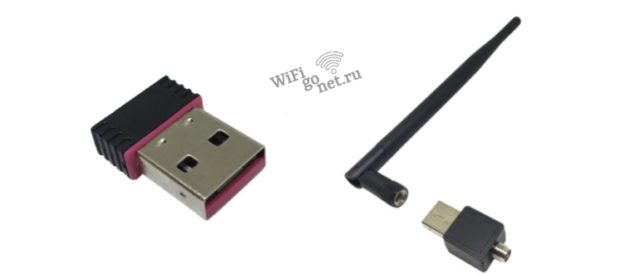
- Compatibility. To avoid the purchase becoming a waste of money, you should check whether the selected option can be connected to a particular device. You should be especially careful when selecting an adapter for your TV or set-top box. It is better to study the experience of other users and consult with the seller.
- Supported standards. Here, it is useful to check what standard the router has. Wi-Fi 5 (802.11ac) is widespread, it is better that the adapter can work with it. Wi-Fi 6 (802.11ax) has backward compatibility with its predecessor, while supporting higher speeds itself.
- Frequency ranges. For Wi-Fi, you can use 2.4 GHz or 5 GHz. The former will provide greater range, the latter is able to transmit data faster. For mobile devices, it is useful to be able to work with either one, while for a computer or TV, the one used in the home network is sufficient. You can check the specifics of the connection in the router settings.
- Transmitter power and antenna type. The range of reception depends on these parameters. It is better to choose a version with 20 dBm power, which is capable of transmitting a signal at a distance of 5 m. Note that walls and other obstacles weaken the signal, thereby reducing the maximum range.
- Connection security. To prevent data from leaking to intruders or jokers, secure connections should be used. WPA/WPA2-PSK is used for Wi-Fi, as it is considered secure.

